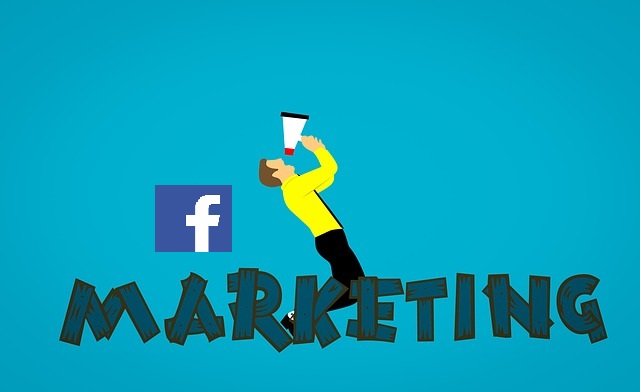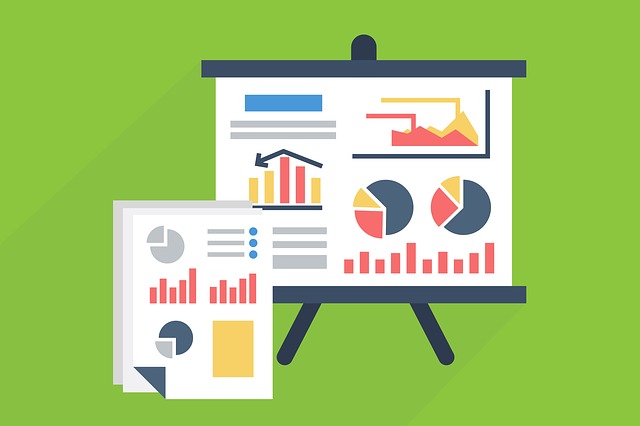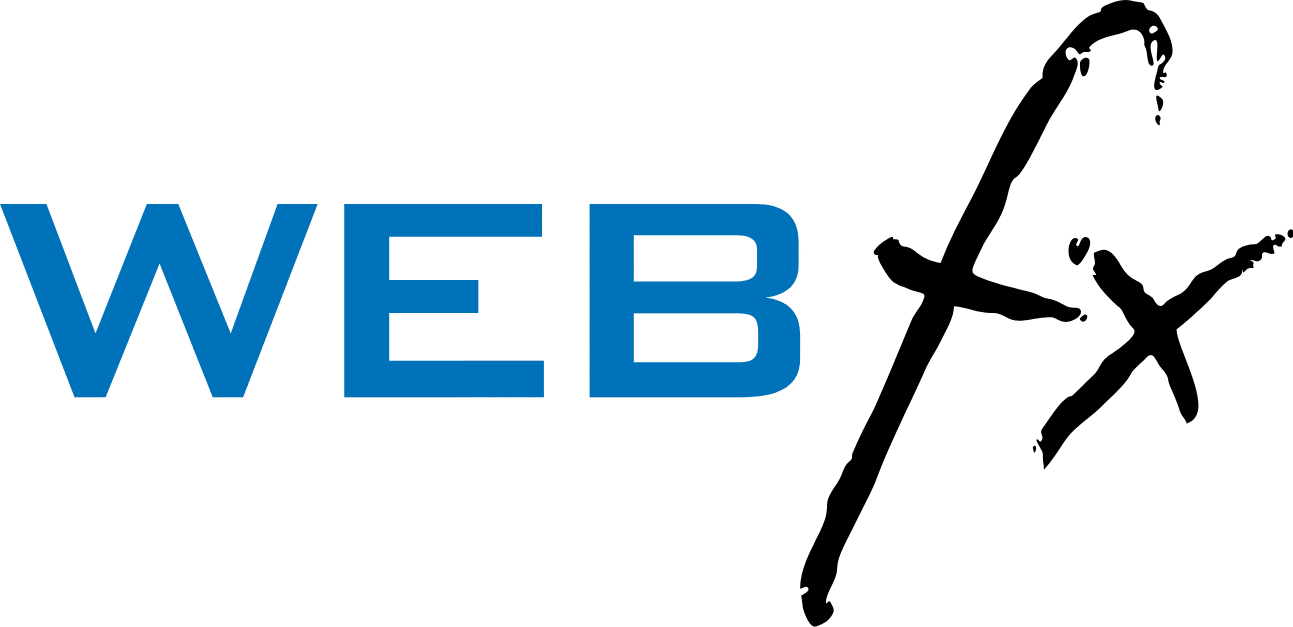Facebook has emerged as one of the most lucrative paid ad platforms in the digital space. With 2.6 billion monthly active users belonging to an array of demographics, Facebook is sure to have an audience for any business niche. Facebook ad campaigns come with many benefits which include the following.
- Cost effective
- Laser-targeted campaigns
- Comprehensive analytics and reporting
- Multiple options for ad objectives
- Supports re-targeting
A clear understanding of the following core concepts of Facebook advertising will enable you to create effective campaigns and avoid common mistakes that cost valuable resources.

1. Ad objective – Different ads are set up with different objectives in mind. Objectives for an ad campaign can be getting likes and shares, getting video views, creating brand awareness, collecting high quality leads, and so on. Before you set up an ad, have a clear idea of why do you want to set it up? Is it to increase website traffic or to collect leads? What objective you choose will depend on what action you want people to take when they see your ad.
2. Target audience – Targeting is one of the key factors that decides an ad’s performance. Showing your ad to wrong set of audience will result in loss of time, effort and money. Define your target audience correctly. Who are you trying to reach through this ad? What age group do they fall in? What are their interests and hobbies, and where do they live? These are examples of questions that can help you define laser focused targeting for successful ad campaigns on Facebook. Additional questions that help create correct customer avatar are:
– What books & magazines they read?
– Which authority figures they follow?
– What type of jobs they have?
– What events they like to attend?
3. Ad copy – An ad copy needs to give users reasons good enough for them to pay attention to your ad intruding their personal space on Facebook. An effective ad copy will clearly state why they need your offer and how will it solve their problems. An ad copy that creates a ‘Before’ scenario highlighting users’ pain points, followed by an ‘After’ scenario with benefits and solutions will have a higher probability of success.
4. Ad creative – Apart from being eye-catching, an ad creative must be congruent with the offer promised in the ad copy. An ad creative should be a visual representation of the ad copy. Testing with multiple sets of creatives and copies to narrow down to the best performing set is paid marketing best practice for setting up successful campaigns that receive maximum engagement.
5. Ad scent – Ad scent indicates the consistency in the offer promised in the ad and the landing page that appears when the ad is clicked on. If the people who click on your ad do not find what they were promised, they will leave the landing page without taking any action. Ad scent also includes adding visual similarities between the ad creative and the landing page through suitable color patterns and fonts. The idea is to ensure that the landing page does not lose the scent of the original ad.
6. Reporting and analytics – One of the reasons why digital marketing experts love Facebook is because of the outstanding reporting and analytics data it provides. However, for beginners it could get slightly overwhelming. The key is to pick few success metrics and stick to those for daily monitoring. Deep dive only to troubleshoot performance issue.

The best metrics for daily checks are:
- Results
- Cost per result
You can also look at age and gender to learn more about the set of target market your ad is attracting. If you are using multiple placements, keep an eye on those to pin point the ones performing the best
Setting up your 1st Facebook Ad:
A Facebook ad campaign is structured into three levels.
Level 1: Campaign Level – Choose your objective in the ‘Campaign’ level.
Level 2: Ad Set Level – Set your target audience, budget, ad placement, and bid type in the ‘Ad Set’ level.
Level 3: Ad Level – Upload your creative and write your copy in the ‘Ad’ level. Your ad is now ready to go live!
You can also choose to have a digital marketing expert handle your paid marketing campaigns. Find out why businesses need Digital Marketing Professionals.
The performance of your Facebook ad campaign will depend of how well you understand its core concepts. Once you have defined your campaign strategy, conceptualized your ad, and designed your creative and copy, setting up the ad will not take too long. Keep the initial budget low, continue testing, and increase the budget as you better understand your market.

